Chickens in the Greenhouse
Belgianpup
17 years ago
Featured Answer
Sort by:Oldest
Comments (18)
utsharpie
17 years agolast modified: 9 years agobrendan_of_bonsai
17 years agolast modified: 9 years agoRelated Professionals
Montgomeryville Landscape Architects & Landscape Designers · Saint Louis Park Landscape Architects & Landscape Designers · Holland Landscape Contractors · Lynchburg Landscape Contractors · Olympia Landscape Contractors · Petaluma Landscape Contractors · White Bear Lake Landscape Contractors · Lauderdale Lakes Landscape Contractors · Broomfield Siding & Exteriors · Fairfax Siding & Exteriors · Cocoa Beach Solar Energy Systems · Holliston Solar Energy Systems · Moorpark Solar Energy Systems · Syosset Solar Energy Systems · Whitman Solar Energy Systemsadirondackgardener
17 years agolast modified: 9 years agoBelgianpup
17 years agolast modified: 9 years agoadirondackgardener
17 years agolast modified: 9 years agoadirondackgardener
17 years agolast modified: 9 years agobrendan_of_bonsai
17 years agolast modified: 9 years agomordarlar
13 years agolast modified: 9 years agoBelgianpup
13 years agolast modified: 9 years agocdprop
13 years agolast modified: 9 years agojolj
13 years agolast modified: 9 years agoBelgianpup
13 years agolast modified: 9 years agojolj
13 years agolast modified: 9 years agojeanwedding. zone 6
12 years agolast modified: 9 years agoironwing1
8 years agoironwing1
8 years agojolj
8 years ago
Related Stories
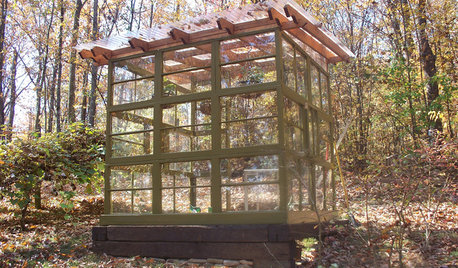
GARDENING AND LANDSCAPINGSee a Family Greenhouse Grown From Scraps
Can-do resourcefulness and less than $400 lead to a new 8- by 8-foot home for plants on a Tennessee family's property
Full Story
FARM YOUR YARDHouzz Call: Show Us Your One-of-a-Kind Chicken Coops
Do you have a fun or stylish backyard shelter for your feathered friends? Post your pictures and stories in the Comments!
Full Story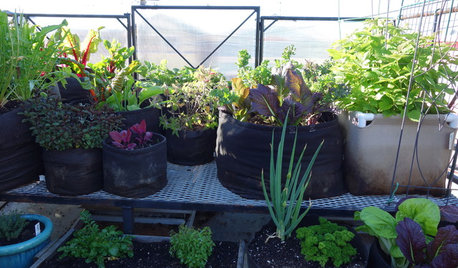
FARM YOUR YARDAn Urban Greenhouse Overflows With Edibles
Making meals just means stepping into the yard for a San Francisco couple who revamped an old orchid house
Full Story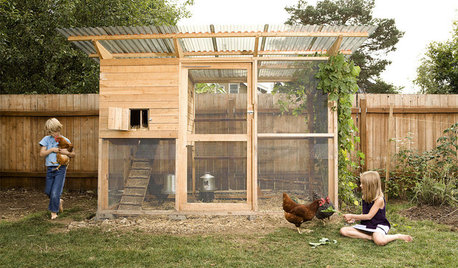
PRODUCT PICKSGuest Picks: 20 Finds to Cluck About
If you have or love chickens, you’ll flock to these coops, themed accessories, artwork and more
Full Story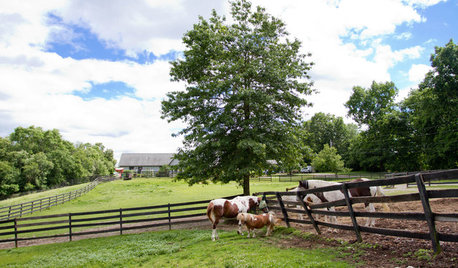
HOUZZ TOURSHouzz Call: Show Us Your Farmhouse!
Bring on the chickens and vegetable patches. If your home speaks country, it might appear in a featured ideabook
Full Story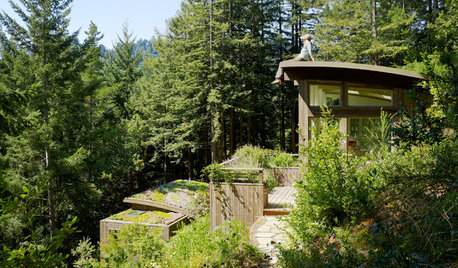
REMODELING GUIDESLiving Roofs Crown Green Design
Living roofs save energy, improve air, water, curb appeal — and the view from above doesn't hurt either
Full Story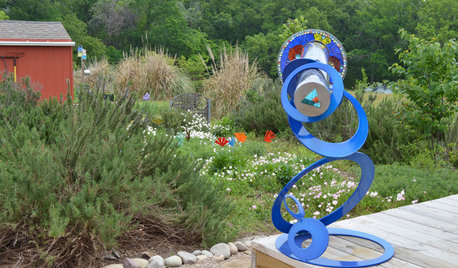
HOUZZ TOURSMy Houzz: A Handcrafted Bohemian Homestead in Texas
Overflowing with art and intertwined with gardens, this pieced-together home is a marvel of creativity
Full Story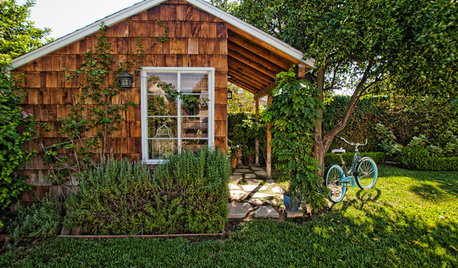
BACKYARD IDEAS7 Backyard Sheds Built With Love
The Hardworking Home: Says one homeowner and shed builder, ‘I am amazed at the peace and joy I feel when working in my garden shed’
Full Story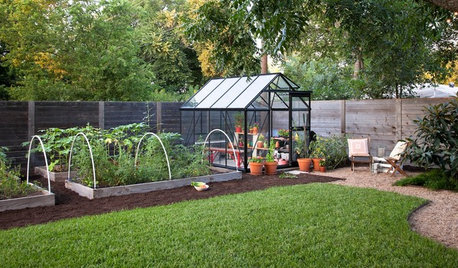
EDIBLE GARDENSA Formerly Weedy Lot Now Brims With Edibles and Honeybees
Photographers transform their barren backyard into an oasis filled with fruit, vegetables, honey, eggs and more
Full Story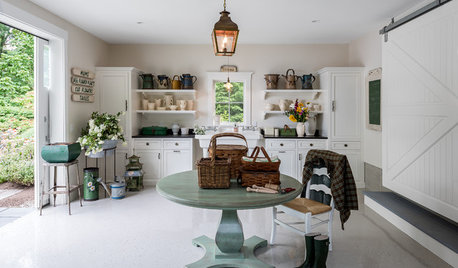
GARDENING GUIDESHow to Declutter Your Garden Shed, Greenhouse or Potting Bench
Get those pots and tools sorted now, and you’ll be free to focus on your plants when spring arrives
Full Story





colfax